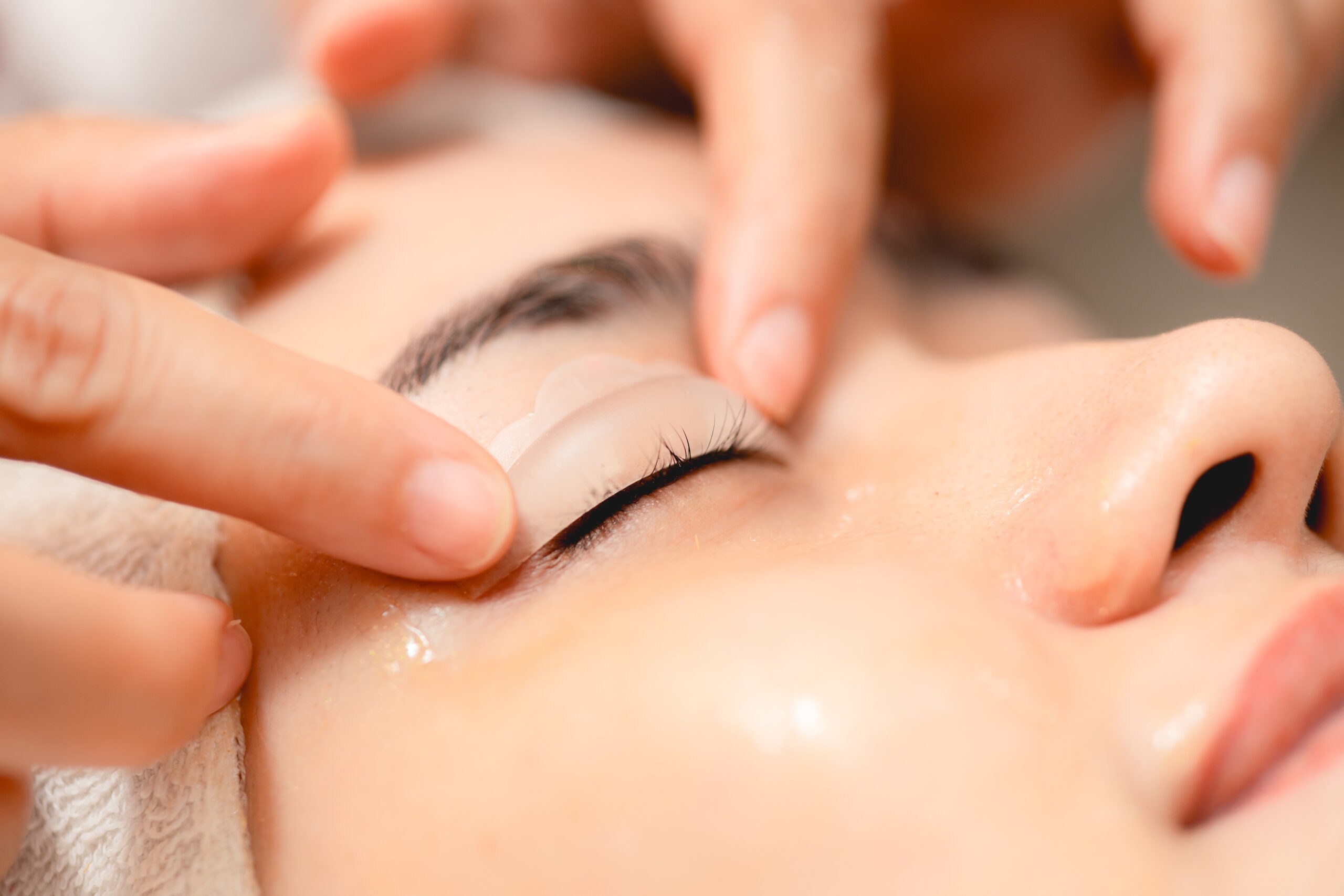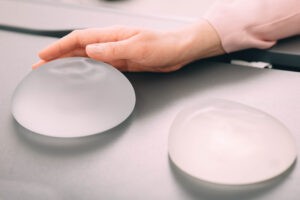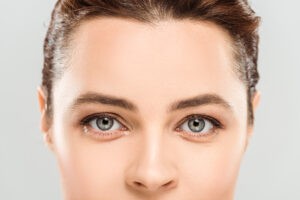
Understanding Eyelid Shapes: Tapered vs. Parallel
Eyelids play a major role in the appearance of the eyes, and different eyelid shapes can greatly influence the overall facial aesthetic. Two of the most talked-about eyelid shapes in both beauty and medical circles are tapered eyelids and parallel eyelids. Although both are naturally occurring and beautiful, the parallel eyelid crease has grown in popularity, especially in East Asian beauty trends and double eyelid surgery techniques.
Let’s first look at the key differences between the two:
What Are Tapered Eyelids?
Tapered eyelids feature a crease that becomes narrower as it moves toward the inner corner of the eye. From the outer edge of the eye, the crease starts clearly above the lash line but then comes closer and either fades or merges with the inner corner (epicanthal fold).
People with tapered eyelids often have a more natural or subtle fold. This shape is common among many East Asian individuals and can give the eyes a softer or more almond-like appearance.
What Are Parallel Eyelids?
Parallel eyelids have a crease that runs evenly above the lash line from the inner to outer corners of the eye. This crease remains at a consistent height across the lid without merging with the inner corner. It allows more of the upper eyelid to be visible when the eyes are open.
Parallel eyelids are often seen as more open or defined, which is why they are frequently desired in double eyelid creation procedures. Thanks to K-pop influences and Korean beauty trends, the parallel eyelid has become especially popular among younger patients seeking eyelid surgery.
Why Do People Choose to Create a Parallel Eyelid Fold?
While both tapered and parallel eyelids are naturally occurring and beautiful, some individuals opt for parallel folds for several reasons:
- Enhanced definition: A parallel fold can make the eyes look larger and more defined.
- Makeup application: Eye makeup can be more visible and easier to apply with parallel eyelids.
- Aesthetic preference: Many associate parallel eyelids with a youthful, alert, and charismatic appearance.
Choosing to create a parallel fold is a personal decision influenced by facial features, cultural influences, and cosmetic goals.
Surgical Options to Create a Parallel Eyelid Fold
Achieving a parallel eyelid shape often involves a cosmetic procedure known as double eyelid surgery, or blepharoplasty. There are two main surgical approaches:
1. Incisional Method
This traditional method involves making a surgical incision along the desired crease line. Excess skin, fat, and muscle are removed as needed. The crease is then permanently set through sutures, resulting in a well-defined and long-lasting fold.
- Best for: Patients with thicker skin, excess fat, or those wanting a permanent solution.
- Recovery: Swelling and bruising may last for 1–2 weeks. Final results are usually visible after a few months.
2. Non-Incisional (Suture) Method
This minimally invasive technique uses stitches without making an incision. The threads create a crease by connecting deeper lid structures to the skin, allowing a fold to form during healing.
- Best for: Younger patients with thin eyelids and no excess fat or skin.
- Recovery: Quicker recovery, usually within a few days to one week.
- Note: Results may not be as long-lasting as incisional surgery.
In both methods, careful planning and the skill of a board-certified surgeon are essential to achieving a natural look that suits the individual’s eyes and face.
Non-Surgical Eyelid Enhancement Options
For those who aren’t ready for surgery, several non-invasive methods may help simulate or enhance a parallel crease.
Eyelid Tapes or Glue
Widely available and affordable, eyelid tapes or glues can be used to create a temporary crease. They are popular among makeup artists and individuals who want a non-surgical trial of a different eyelid shape.
- Pros: Cost-effective, no recovery, immediate results.
- Cons: Temporary, may irritate sensitive skin over time.
Ultherapy and Thermage
These FDA-approved devices use ultrasound or radiofrequency energy to tighten skin around the eyes. While not meant to create a new crease directly, they can enhance existing eyelid definition or improve results when combined with a surgical approach.
- Best for: Mild sagging or persons maintaining surgical results.
- Results: Gradual, cumulative over several months.
Important Factors to Consider Before Eyelid Fold Creation
Creating a parallel fold is an individualized process. It’s essential to work with a cosmetic surgeon who understands both functional and aesthetic factors. Beyond just the crease shape, the doctor should assess:
- Natural brow position
- Skin thickness and elasticity
- Eye contour and bone structure
- Ethnic and cultural aesthetic preferences
The goal should always be harmony with your natural features—not simply following trends.
Combining Eyelid Creation with Canthoplasty or Epicanthoplasty
When looking to create a more open-eye effect, some patients consider lateral canthoplasty (surgery to elongate the outer corner) or epicanthoplasty (removal of the epicanthal fold that covers the inner corner). These procedures, when done in combination with double eyelid surgery, can further enhance the shape and size of the eye.
However, combining surgeries requires expert evaluation. Overcorrection can lead to undesirable results or longer recovery times.
Final Thoughts: What’s Right for You?
Both tapered and parallel eyelids are beautiful and reflect natural diversity. Opting for a surgical or non-surgical change is a personal choice that should be guided by your own goals and lifestyle, not just current beauty standards.
If you’re curious about your options or considering parallel eyelid creation, don’t make the decision alone.
Book Your Personalized Eyelid Consultation Today
Our board-certified facial aesthetic specialists can help assess your unique features and guide you toward the most flattering and safe approach for double eyelid creation. Whether you’re exploring surgery or non-invasive options, we're here to support your journey.
Schedule your in-depth eyelid consultation today and take the first step toward a look you'll love—tailored just for you.

